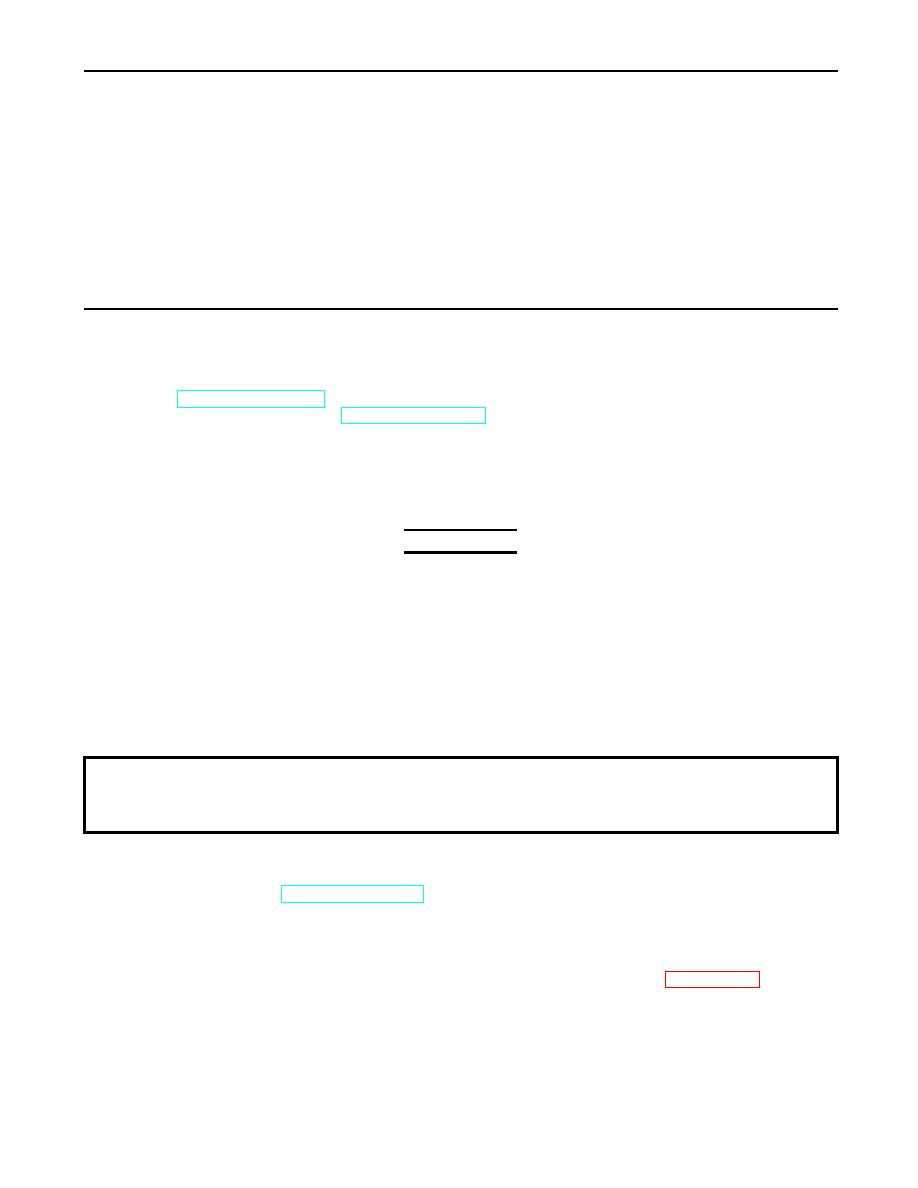 |
|||
|
|
|||
|
Page Title:
COMPRESSED AIR AND BRAKE SYSTEM TROUBLESHOOTING |
|
||
| ||||||||||
|
|
 TM 9-2320-386-24-1-1
0014 00
UNIT TROUBLESHOOTING PROCEDURES
EXTENDED SERVICE PROGRAM (ESP)
TRUCK, CARGO, 2-1/2-TON, 6X6, M44A3 SERIES TRUCKS (DIESEL)
M35A3, W/O WINCH (NSN 2320-01-383-2047); W/WINCH (NSN 2320-01-383-3850);
M35A3C, W/O WINCH (NSN 2320-01-383-2050); W/WINCH (NSN 2320-01-383-2049);
M36A3, W/O WINCH (NSN 2320-01-383-2048); W/WINCH (NSN 2320-01-383-2046).
COMPRESSED AIR AND BRAKE SYSTEM TROUBLESHOOTING
GENERAL
a. This work package provides information to diagnose and correct malfunctions of the compressed air
and brake system of ESP series vehicles.
b. Refer to TM 9-2320-361-20 for parking brake and service brake system troubleshooting procedures.
The troubleshooting steps outlined in TM 9-2320-361-20 are valid for ESP series vehicles. When performing
the troubleshooting procedures, keep in mind that there may be some minor differences. For example, you
will have to adjust for the differences in the master cylinder reservoir location when checking the brake
fluid level and remember there are two air-hydraulic cylinder units and additional lines and fittings.
c. The compressed air schematic (WP 0386 00) shows the interrelationship of the compressed air and
brake systems, and should be used as a reference when performing troubleshooting procedures. Listed are
malfunctions of the compressed air system that may occur.
1WARNING1
Eyeshields must be worn when releasing compressed air.
Failure to do this may result in injury to personnel.
Do not disconnect air lines before draining air reservoirs. Small
parts under pressure may shoot out with high velocity, causing
injury to personnel.
Hearing protection is required for the driver and co-driver.
Hearing protection is also required for all personnel working in
and around this vehicle while the engine is running (Reference
AR 40-5 and TB MED. 501).
Compressed Air and Brake System Troubleshooting.
MALFUNCTION
TEST OR INSPECTION
CORRECTIVE ACTION
1. NO AIR PRESSURE, OR COMPRESSED AIR READS BELOW 60 PSI (414 kPa) (LOW AIR PRESSURE
WARNING BUZZER SOUNDING, INDICATING AIR PRESSURE NOT BUILDING UP TO NORMAL
OPERATING RANGE AS INDICATED BY GAUGE)
Step 1. Start engine (TM 9-2320-386-10) and feel compressor outlet line.
a. If compressor outlet line is hot, proceed to test 1.
b. If compressor outlet line is cool or warm, proceed to test 2.
Step 2. Check for leaking compressed air lines and fittings.
If leakage is found, repair or replace compressed air lines or fittings (WP 0167 00 or
TM 9-243).
Step 3. Check air dryer for long or continuous purge cycle or air leaking from purge valve.
If air dryer is purging continuously or leaking air, perform malfunction 8.
Test 1. Check air reservoirs for air pressure.
|
|
Privacy Statement - Press Release - Copyright Information. - Contact Us |